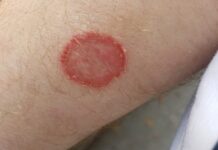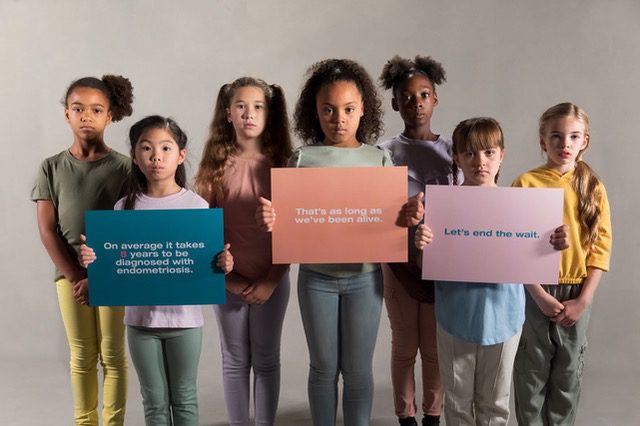- One in 10 women have endometriosis, but it takes an average of eight years to get a diagnosis.
- Gynaecologist from intimate wellbeing brand INTIMINA shares advice for people living with endometriosis and treatment possibilities.
- Ground-breaking film ‘The Wait’ sees eight-year-old children use their age to symbolise the eight-year delay and the campaign aims to empower and inform people experiencing similar painful symptoms, who also feel unheard or ignored – https://www.youtube.com/watch?v=L6Rz9A6EyG8
March is Endometriosis Awareness Month. Endometriosis is a long-term condition where tissue similar to the lining of the womb grows in other places, such as the ovaries and fallopian tubes, affecting one in ten women worldwide1.
Despite the seriousness of the disease, it takes an average of eight years just to get a diagnosis2. That’s eight long years of enduring terrible pain and the feeling of not being heard.
To help people experiencing symptoms of endometriosis get the help they need sooner, intimate wellbeing brand INTIMINA UK’s gynaecologist Dr Shree Datta shares her advice and guidance:
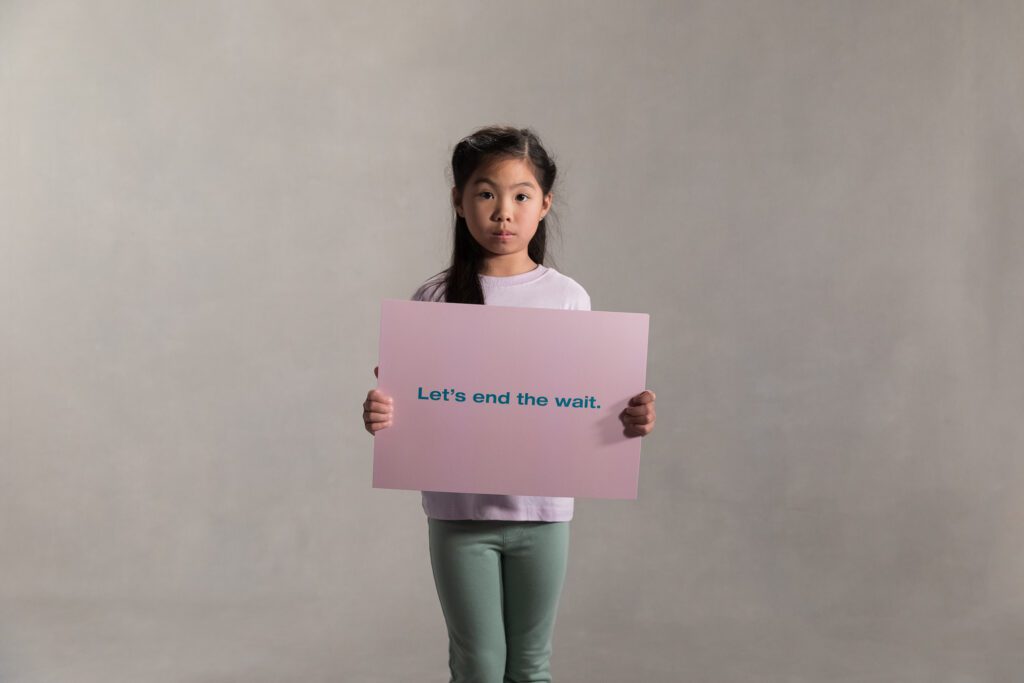
How to recognise the symptoms
Endometriosis can present itself in different ways from person to person, so it can be very challenging for doctors to diagnose. Common symptoms which suggest endometriosis include cyclical pelvic pain, pain during intercourse, or pain leading up to and during periods. A change in bowel habit, tiredness, and difficulty conceiving can also be common symptoms, so it is important to seek medical advice early.
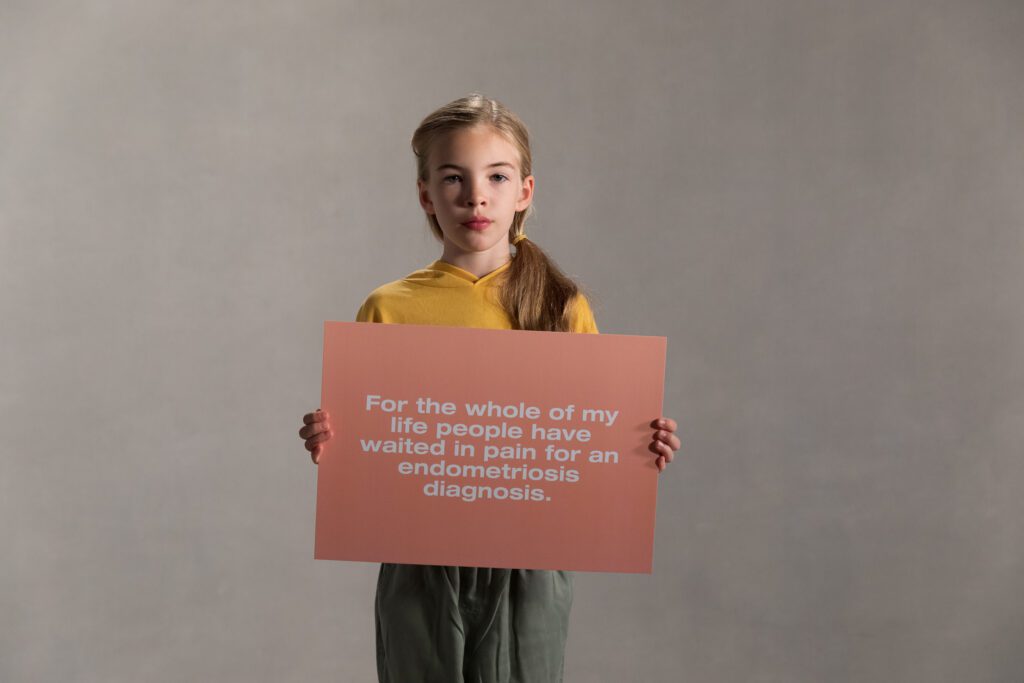
Keep a symptom diary
Keeping a pain and symptom diary is the best way to describe all of your symptoms before seeing a doctor. Specifically, note down when you experience symptoms concerning your periods, whether they are getting worse, and how they affect your daily activities.
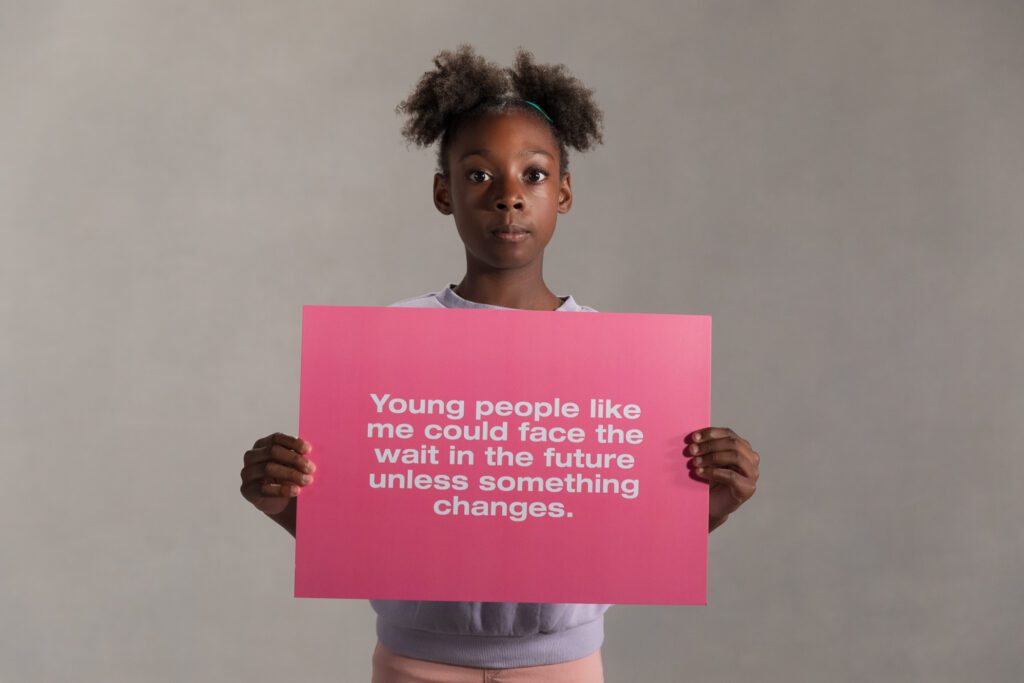
Possible treatments
It may be worth trying to treat your symptoms initially with simple measures such as heat, gentle exercise, pain relief or hormonal medication, before considering more invasive options such as surgery. For some people, it may not be possible to cure endometriosis, and treatments depend on the type and location of endometriosis and how severe it is. Treatment can include medications such as the contraceptive pill, the Mirena coil and/or surgery. In some cases, a mixture of different treatments is needed.
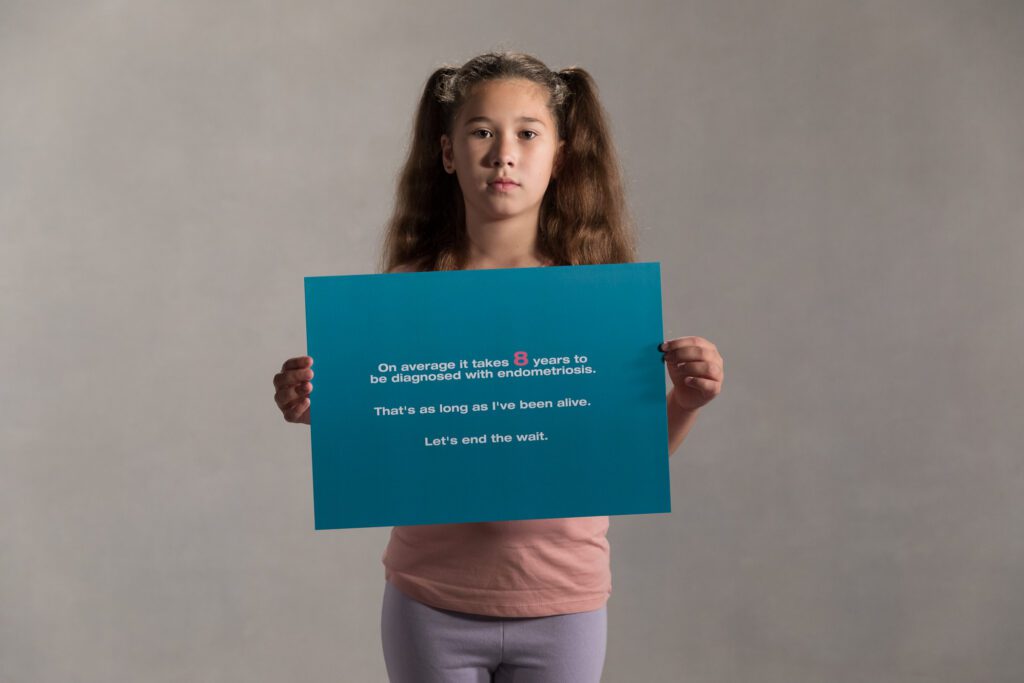
Diet and exercise
Endometriosis is stimulated by oestrogen, so liver and digestive care through nutrition is important. Eating lots of green vegetables and anti-inflammatory foods, as well as reducing caffeine and alcohol intake can have an impact on the symptoms of endometriosis. Fish oil supplements and Vitamin B12 can help endometriosis-associated pain. Also, exercising regularly can be beneficial.
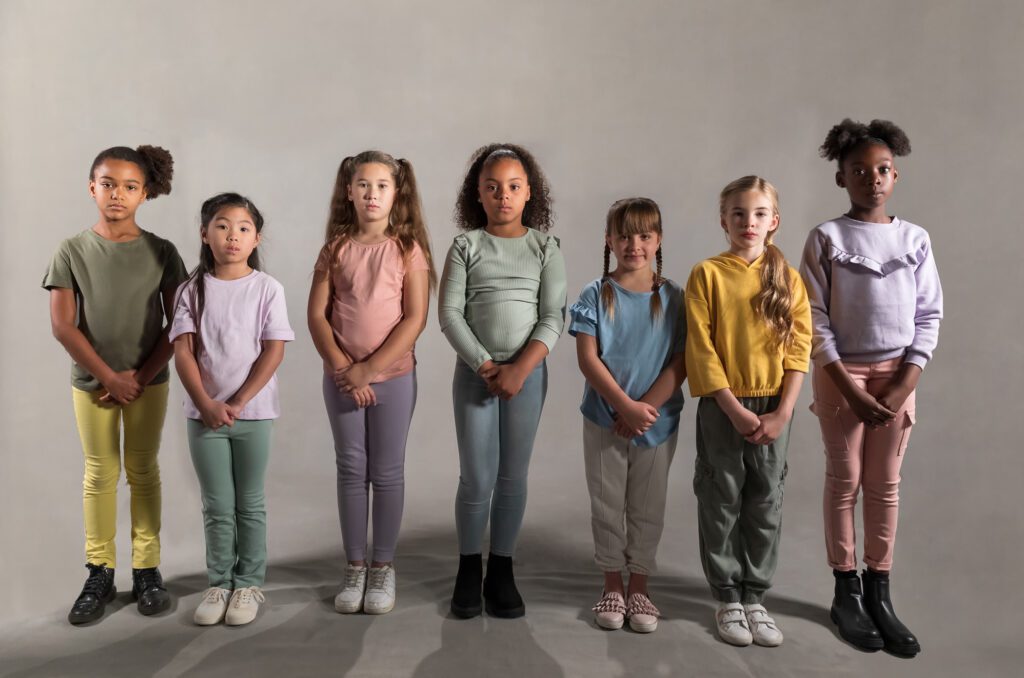
Advice for people trying to get pregnant
For people who are trying to get pregnant and have endometriosis, we would advise you to consult your gynaecologist early. Start taking pregnancy supplements three months before you want to conceive and have unprotected sex regularly throughout your cycle when trying to conceive. Most people have no problems conceiving, but it’s worth seeking expert help early.
Don’t be afraid to speak up
Endometriosis symptoms vary from person to person. Sometimes it takes a lot of time for people to acknowledge they have a medical condition and seek professional help. It can be uncomfortable speaking to a doctor about intimate health issues for many, but an open and honest relationship is crucial for getting the correct diagnosis. Millions of people have endometriosis, so educating the public and fighting this taboo is the way to help them speak up and get diagnosed sooner.
Dr Shree Datta’s advice follows the release of INTIMINA’s powerful film, named ‘The Wait’, that gives a voice to those suffering from the condition by featuring eight-year-old children whose age symbolises the damning eight-year wait statistic – with each of the youngsters having been alive for as long as it takes to be diagnosed with endometriosis*. The children speak the actual words of real adult women who spent years of their lives waiting and fighting for an endometriosis diagnosis. The film can be viewed here: https://www.youtube.com/watch?v=L6Rz9A6EyG8
INTIMINA created ‘The Wait’ film as part of its ongoing Seen + Heard period positivity campaign. Seen + Heard aims to increase the visibility of menstrual wellbeing across the world, normalise conversations about menstrual health, tackle stigma and bias and raise awareness of conditions like endometriosis – which see millions of people suffering in pain while their voices go unheard. The Wait follows ‘Period’: a collaboration in 2020 between INTIMINA and Pantone that saw the creation of a shade of red emblematic of a healthy menstrual flow.
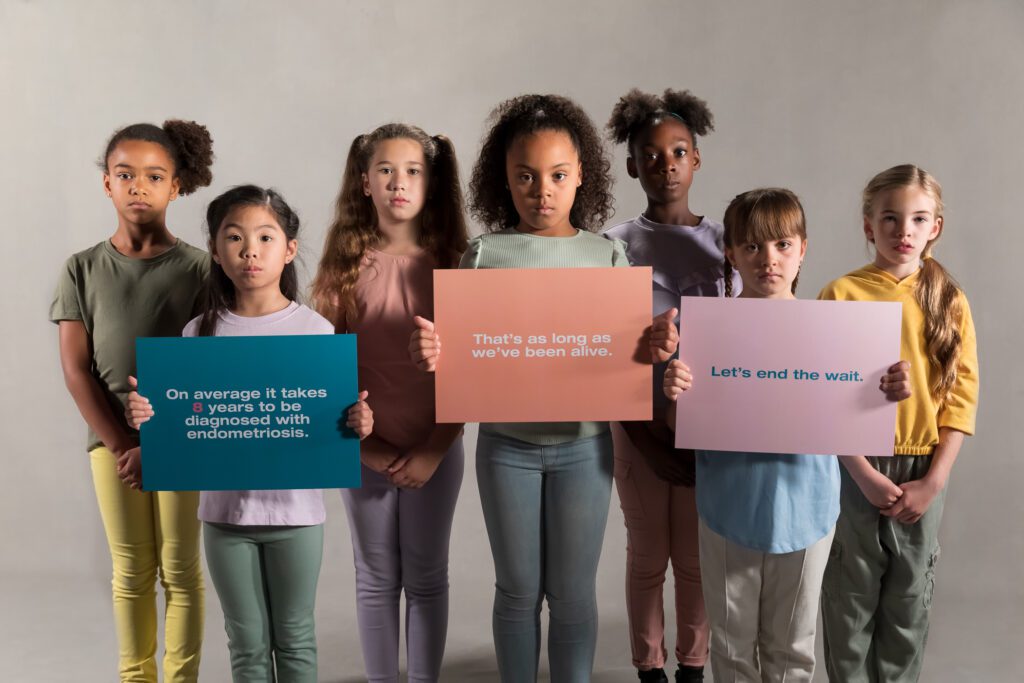
Danela Žagar, Spokesperson for INTIMINA, commented: “Endometriosis isn’t a rare disease – it affects one in every 10 women. That’s hundreds of millions of people across the world potentially suffering for years. The fact the eight-year statistic hasn’t changed in over a decade is further proof, if it were needed, that we must end the wait for those with endometriosis. As a global society we have to be more aware of endometriosis, more sympathetic towards those that have it, to speak up and do everything in our collective power to close the gender health gap and to break the taboos and biases that are not just attached to endometriosis, but to menstrual wellbeing in general.”
Further commenting on reasons behind the eight-year wait, Dr Shree Datta said: “Healthcare professionals may assume painful periods are normal if they are unclear on its severity and whether pain relief is required. What’s more, it can be especially difficult examining young teenagers for endometriosis as the findings are not specific and the disease presents differently from person-to-person. As such it may take longer to refer people to the correct specialist for further investigation and treatment. It’s heart-breaking to hear that people still suffer in silence when we can support them and provide them treatment to help them through their symptoms – so please come and see us if you have a problem.”
For those looking to find out more about endometriosis or get support, please visit www.endometriosis-uk.org.
Help keep news FREE for our readers
Supporting your local community newspaper/online news outlet is crucial now more than ever. If you believe in independent journalism, then consider making a valuable contribution by making a one-time or monthly donation. We operate in rural areas where providing unbiased news can be challenging. Read More About Supporting The West Wales Chronicle






